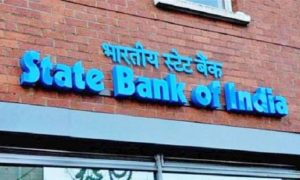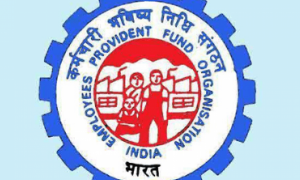Individuals work hard to accumulate a retirement fund to meet daily expenses and unplanned expenditure post-retirement. It is a job half done as your money has to yield a return above inflation. Moreover, you still have to pay tax if you don’t invest your retirement fund in the right financial products. The challenge is building a retirement fund to meet a higher life expectancy and keep tax liability at bay.
Let’s take a look at some tips to protect your retirement fund from tax erosion:
Understand the tax implications of different sources of income
“Tax is a significant factor post-retirement as income can easily exceed the exemption limit for senior citizens. You have a threshold exemption limit of Rs3 lakh per financial year for senior citizens and Rs5 lakh for the super senior citizens under the old tax regime,” said Archit Gupta, founder and chief executive officer, ClearTax.
Invest part of your retirement fund in financial products where the yearly outflow, or maturity amount, is tax-free. For instance, retirees may invest in tax-free bonds where the interest payouts are tax-free.
Gupta said, “You may choose highly rated bonds for the safety of the investment. Moreover, interest offered by tax-free bonds ranges from 5.5-6.5% per annum. Tax-free bonds have a maturity period of 10-15 years. It is suitable for retirees who don’t require funds immediately and fall in the higher income tax brackets.”
Invest in Senior Citizens Savings Scheme (SCSS)
You may invest a part of your retirement fund in the Senior Citizens Savings Scheme, or SCSS. It is a safe investment for senior citizens as it is backed by the central government. It currently offers an interest rate of 7.4% for the January to March 2021 quarter.
Retirees above 60 years can invest a maximum of Rs15 lakh in the SCSS and rely on quarterly interest payouts for regular income. It has a lock-in period of five years and the interest from SCSS is fully taxable.
“SCSS offers one of the highest interest rates among fixed-income investments. It also offers retirees a tax deduction of up to a maximum of Rs1.5 lakh per financial year under Section 80C of the Income Tax Act. The high and assured income along with the tax benefit make SCSS a suitable investment for retirees,” said Gupta.
Invest in POMIS or bank FD
Retirees could invest a portion of the retirement fund in the post office monthly income scheme (POMIS) if they are below the tax-exemption limit. It is a government-backed scheme that offers a higher interest rate than bank FDs and has a lock-in period of 5 years.
Retired people may invest a maximum of Rs4.5 lakh individually, or Rs9 lakh jointly, in POMIS. It is suitable for investors who seek fixed monthly income and are unwilling to take a risk in their investments. However, interest payouts are taxable and lower returns for those in the higher income tax brackets.
Bank FDs are a reliable source of income in retirement. The safety and flexible tenure make it a suitable option to park a portion of the retirement fund. “Banks offer senior citizens around 0.5% higher interest rate per annum. Retired individuals who are below the basic tax exemption limit or fall in the lower income tax bracket may invest in POMIS and bank FDs,” said Gupta.
Debt mutual funds offer tax-efficient income
Retirees could invest a portion of the retirement fund in liquid mutual funds. It is a low-risk option that invests in debt securities and money market instruments with a maturity period of 91 days. Moreover, it is a tax-efficient investment as compared with bank FDs.
Gupta said, “The long-term capital gains after holding liquid funds for three or more years are taxed at 20% after indexation. It adjusts the purchase price of the investment for the effects of inflation. The indexation benefits reduce tax obligations substantially, for retired individuals in the higher income tax brackets.”
Individuals must plan investments and distribution of income after retirement in a tax-efficient manner. It minimizes tax outgo and enhances post-retirement income helping retirees maintain their current living standards.



































